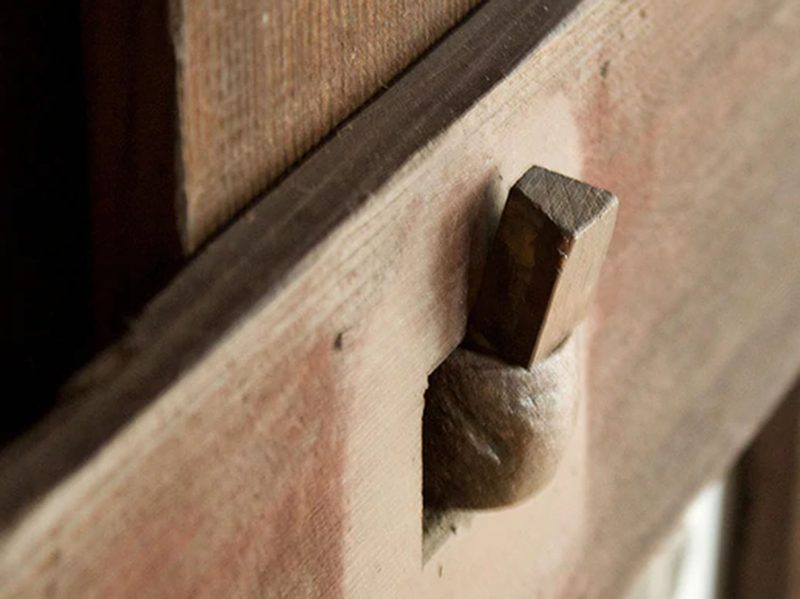wabi-sabi: a design philosophy

When we first began dreaming up our flat-pack homes for wildlife we were guided by a design philosophy that celebrated simple, humble objects. habi-sabi boxes and hives take their name from that philosophy – the quality known in Japanese as wabi-sabi.
The term wabi evolved from the Japanese word wa, which connotes harmony, tranquillity and balance. Over time, the use of wabi in Japanese culture has come to mean simple, humble and in tune with nature.
The term sabi can be translated as ‘the bloom of time’. It’s meaning has evolved over the centuries, and has come to imply a natural progression in which things tarnish and beauty fades.
Together, things that are wabi-sabi are said to ‘carry the burden of their years with dignity and grace.’
A rusty pot of a thousand meals, or the warped timber of a collapsing barn as it fades into the landscape.
In his book, ‘Wabi-sabi for Artists, Designers, Poets & Philosophers’, Leonard Koren discusses how we can learn from the material qualities of wabi-sabi, we should look to use materials that show a suggestion of a natural process, irregular, intimate, unpretentious. Design influenced by wabi-sabi is simple. ‘Pare down to the essence, but don’t remove the poetry.’
The philosophy is embodied in our products in their uncluttered form, held together by simple wedges, ears and pegs. They wear the passage of time as the material ages from pale-silver to a deep golden-brown and picks up the patina of nesting wildlife.
We like to post examples of wabi-sabi we stumble across in both city and country, so keep an eye on our social media feeds and please share with us your own.
Please also enjoy the reading recommendations on our further reading page which explore other philosophies relating to the natural world.